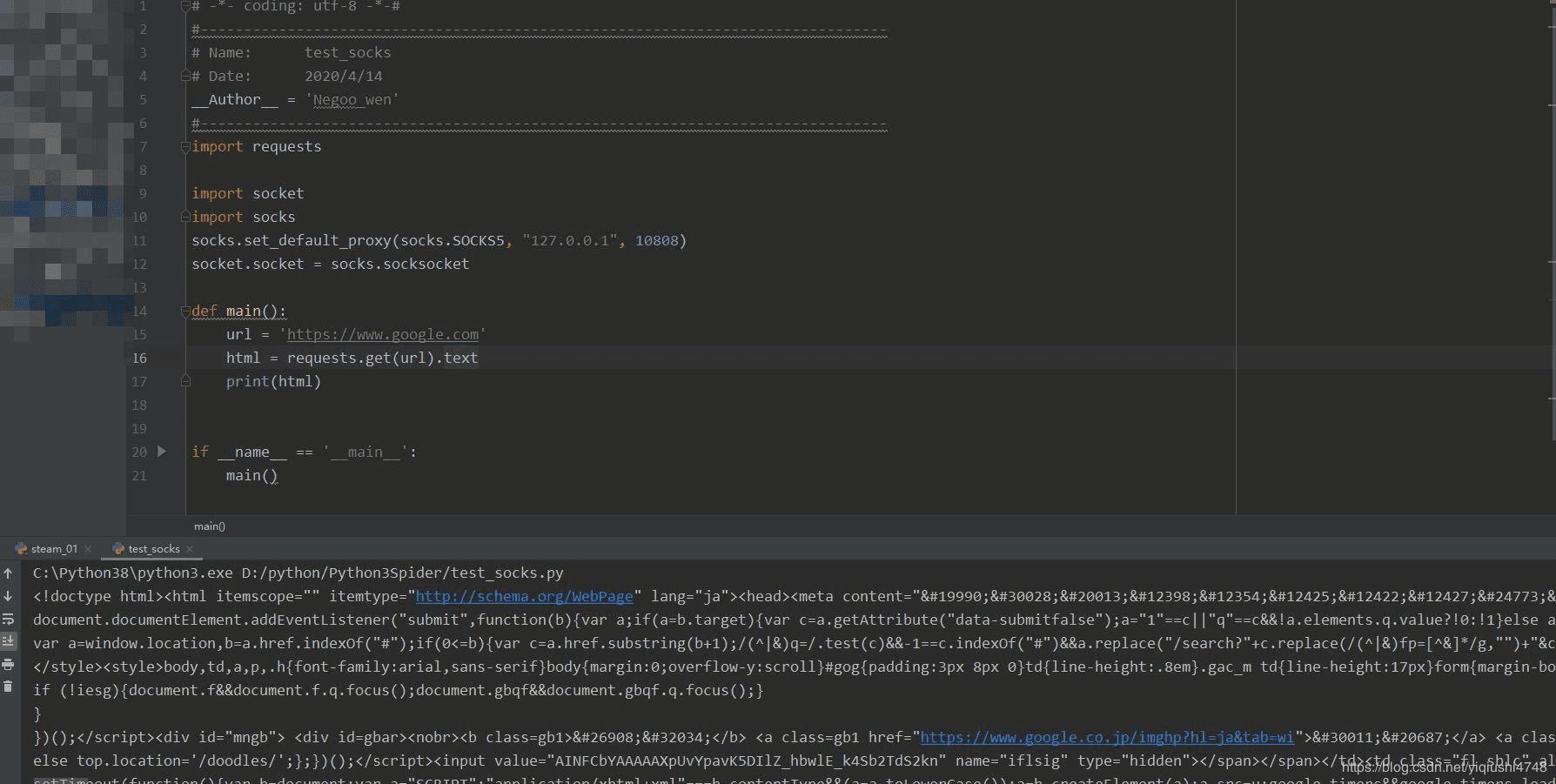

If you want to install some packages from the Ubuntu repository, you will need to create a separate proxy configuration file for APT. To setup and export the HTTP_PROXY variable temporary, open your terminal interface and run the following command:Įxport setup and export the HTTPS_PROXY variable, run the following command: Then, you can set proxy environment variables temporary from the command line. In some cases, you don’t want to use proxy settings everytime. Setting Up Proxy Temporary for Single User You will need to logout and login again to activate the proxy settings. To do so, login with root or administrative user and edit the /etc/environment file:Īdd the following lines at the end of the file that matches with your proxy and close the file when you are finished. You can also setup Permanent proxy for all users by setting up global variables in /etc/environment file. Then to activate your new proxy settings for the current session, use the following command: Save and close the file when you are finished. Next open the terminal interface and edit the ~/.bashrc file as shown below:Īdd the following lines at the end of the file that matches with your proxy server: You can setup a permanent proxy for a single user by editing the ~/.bashrc file:įirst, login to your Ubuntu system with a user that you want to set proxy for. The basic syntax of setting up proxy as shown Up Permanent Proxy for Single User You can setup proxy for temporary usage and permanent for single and all users. There are several environment variables available in Linux to setup a proxy for HTTP, HTTPS and FTP. You can also set proxy settings using environment variables. Setting Up Proxy with Ubuntu Desktop Terminal Click on Apply system wide to apply the changes. In the Method drop down list, choose Manual, provide proxy server’s hostname or IP address and port number.Ĥ. Click on the Network => Network Proxy as shown below:ģ. Open System Settings in Ubuntu as shown below:Ģ. You can setup the proxy in Ubuntu Desktop by following the below steps:ġ. In this tutorial, we will show you several ways to configure proxy settings in Ubuntu desktop. If your home or office network is behind a proxy server, then you will need to setup proxy in order to browse the Internet. WARNING: Retrying (Retry(total=0, connect=None, read=None, redirect=None, status=None)) after connection broken by 'ProxyError('Cannot connect to proxy.Generally Proxies are used in business networks to prevent attacks and unexpected access and intrusions into the internal networks.Ī proxy server can act as an intermediary between the client computer and the internet, and allows you to implement Internet access controls like authentication for Internet connection, sharing Internet connections, bandwidth control and content filtering and blocking. WARNING: Retrying (Retry(total=1, connect=None, read=None, redirect=None, status=None)) after connection broken by 'ProxyError('Cannot connect to proxy.', OSError('Tunnel connection failed: 407 Proxy authentication required'))': /simple/numpy/ WARNING: Retrying (Retry(total=2, connect=None, read=None, redirect=None, status=None)) after connection broken by 'ProxyError('Cannot connect to proxy.', OSError('Tunnel connection failed: 407 Proxy authentication required'))': /simple/numpy/ WARNING: Retrying (Retry(total=3, connect=None, read=None, redirect=None, status=None)) after connection broken by 'ProxyError('Cannot connect to proxy.', OSError('Tunnel connection failed: 407 Proxy authentication required'))': /simple/numpy/ WARNING: Retrying (Retry(total=4, connect=None, read=None, redirect=None, status=None)) after connection broken by 'ProxyError('Cannot connect to proxy.', OSError('Tunnel connection failed: 407 Proxy authentication required'))': /simple/numpy/
#Pip3 proxy download#
Download python binaries installer (In my case 3.7.9).Preferibly have a clean OS install behind proxy.To be able download a packages from pypi if proxy settings well defined in any source which were pointed in documentation. Only proxy settings written to HTTP_PROXY or HTTPS_PROXY evs was accepted.

I also tried to pass config with corresponding -proxy option, but similarly it do not affected to pip's behavior. When I tried to install packages via pip, I encountered problem with proxy settings which was written in pip.ini, that pip seems to be ignore it.
#Pip3 proxy windows 10#
I have a clean Windows 10 OS with installed offical python=3.7.9 binaries. Clean installed OS with official python binaries.


 0 kommentar(er)
0 kommentar(er)
